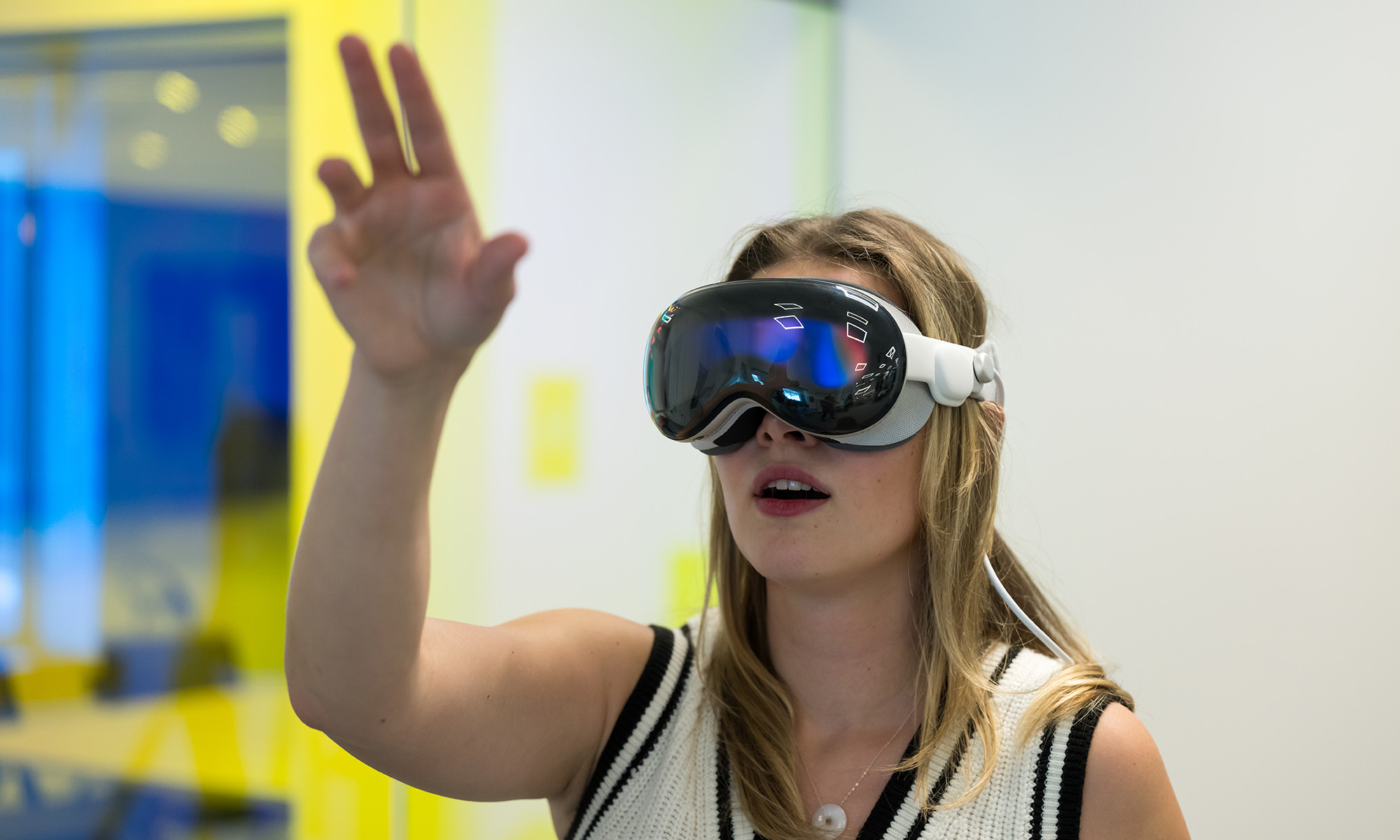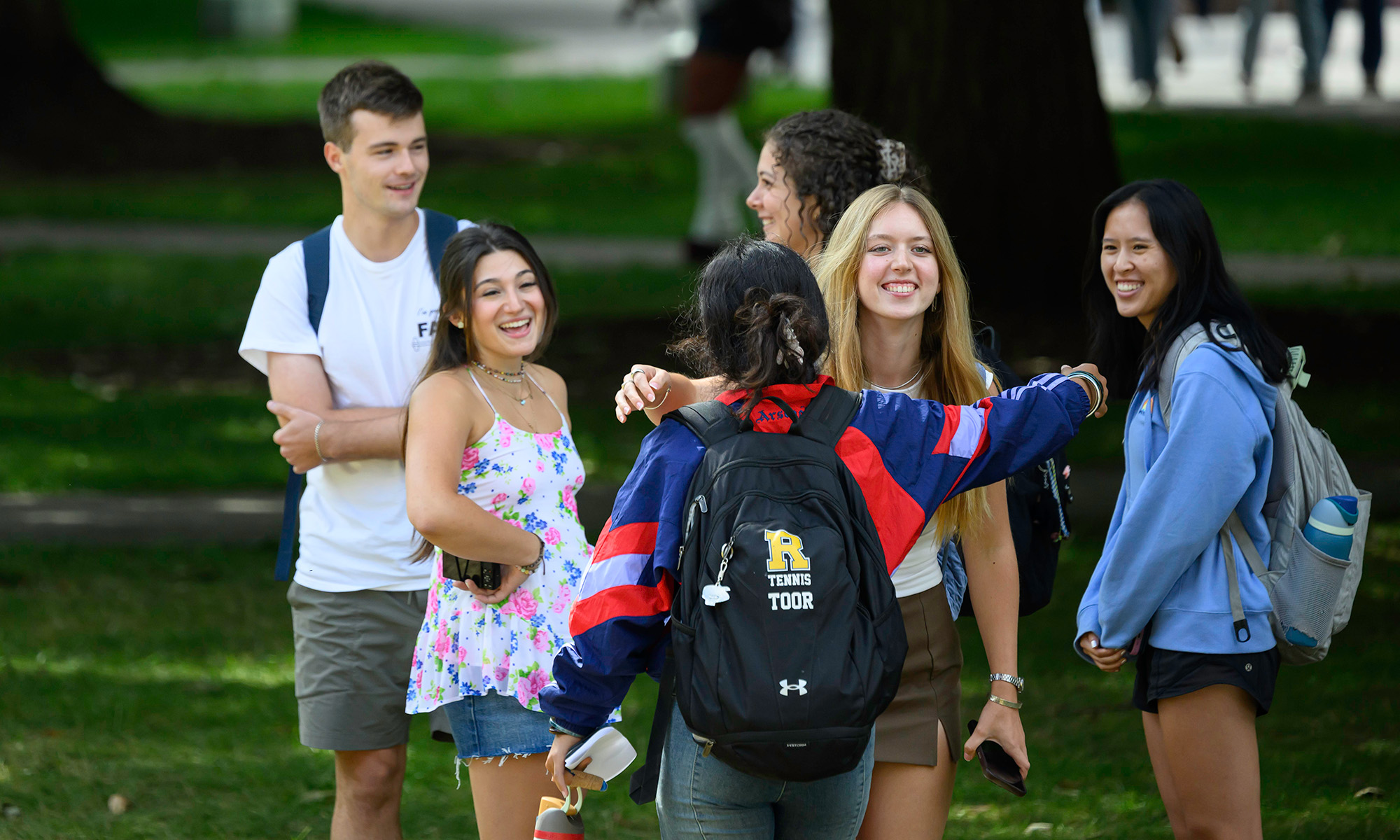
Science & Technology
Metasurfaces show promise in boosting AR image clarity and brightness
New design could make augmented reality glasses more power-efficient and practical for everyday wear.

URochester students turn Martian air into plastics and fertilizer—earning top honors internationally.










